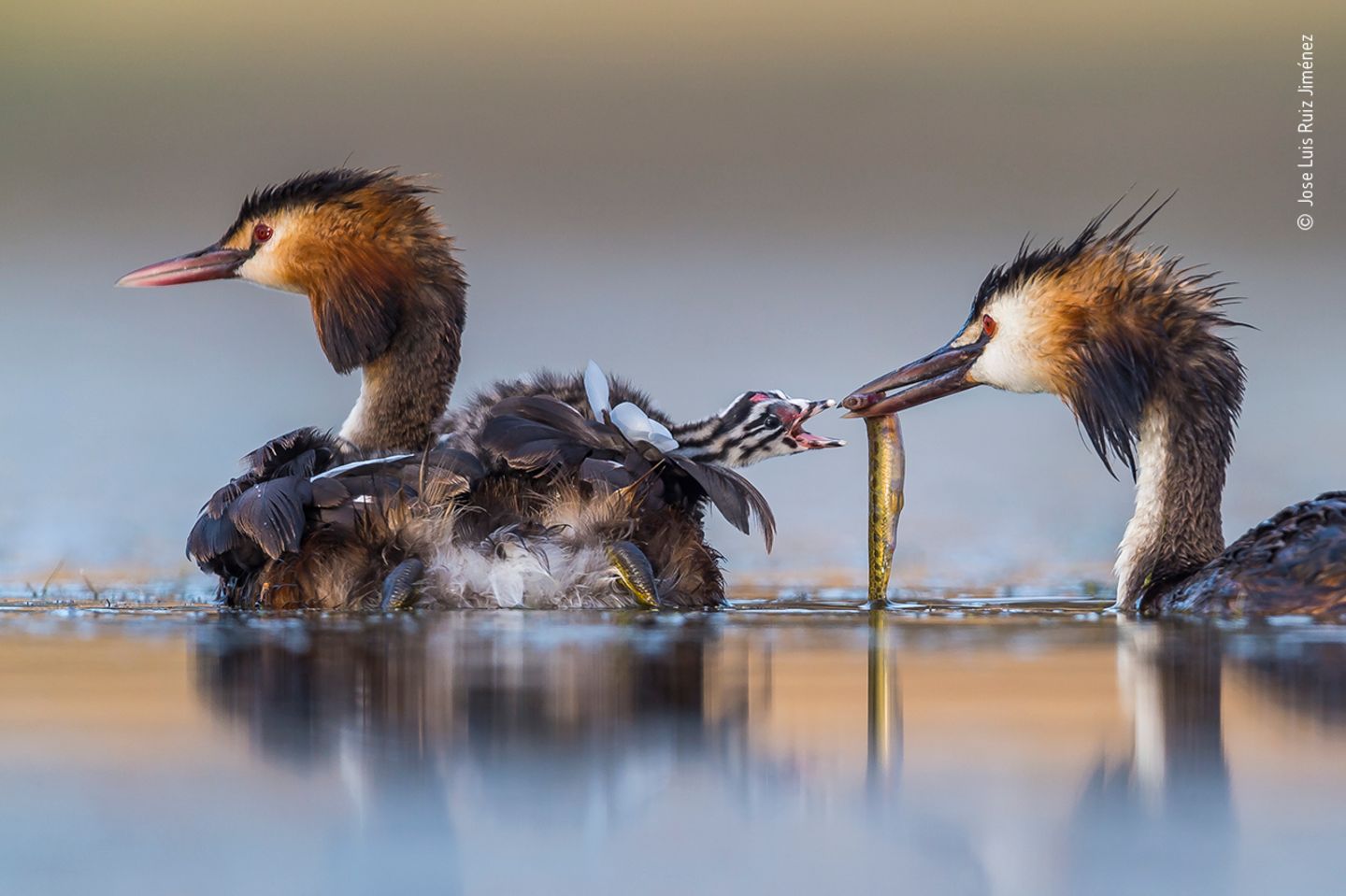Transitioning from Birds and Animal Life: How to Find the Ideal Camera for Wildlife Photography
Wildlife photography is a captivating and rewarding genre that enables us to connect with the environment in significant ways. Whether you’re chasing vibrant birds in flight or photographing the grandeur of wildlife in their natural habitats, having the right camera can make all the impact in obtaining stunning photos. With so many possibilities available today, finding the perfect camera that fits your individual preferences can be a daunting task.
When selecting a camera for animal photography, it's crucial to consider factors such as AF capabilities, continuous shooting capabilities, and low-light shooting ability. These aspects plays a crucial role in ensuring you can snap transitory moments and intricate elements often found in the animal kingdom. In the upcoming sections, we will discuss the key features to look for in a camera, tips for multiple photography settings, and guidelines for both novice and seasoned photographers. Let’s explore the world of animal photography and discover the right camera for your experiences.
Choosing the Appropriate Camera Kind
In the realm of animal photography, the choice of camera kind can greatly influence your outcomes. A couple of popular alternatives are DSLRs and mirrorless cameras. DSLRs offer a vast range of lenses and accessories, offering versatility for various shooting environments. Their reflex viewfinders allow for rapid framing and focusing, crucial for photographing fast-moving wildlife. On the other hand, mirrorless cameras are gaining popularity due to their slim design and advanced autofocus systems. They offer silent shooting, which is a considerable advantage during capturing skittish animals.
Point-and-shoot cameras are also an viable option for those beginning to photography or wanting something more portable. Though they may not provide the same degree of control and image quality as DSLRs or mirrorless cameras, many models come equipped with impressive zoom capabilities, making them ideal for capturing distant subjects. These cameras can be perfect for casual outings where carrying heavy gear is not realistic, allowing you to swiftly grab shots of animals in their natural habitat.
It's also important considering dedicated cameras, such as action cameras and medium format systems. camtura.com are great for adventurous photographers who want to capture animals in motion or extreme conditions. Their sturdy build and wide-angle lenses provide unique perspectives. On the flip hand, medium format cameras, even though more expensive, deliver exceptional image quality and detail, which can be helpful for photographing intricate textures in wildlife. Ultimately, the perfect camera kind for animal photography is based on your particular needs, budget, and the level of control you desire.
Essential Photography Attributes for Wildlife Capturing Wildlife
When picking a photographic device for wildlife photography, one of the primary features to weigh is the autofocus system. Wildlife can be difficult to track, often shifting quickly and randomly, so a quick and accurate focusing is essential. Seek out cameras with top-notch focusing systems that offer various focus points, especially cross points which can capture dynamic objects more swiftly. This will allow you to take sharp images of animals in movement.

Another important feature is the camera's ISO performance. Wildlife photography often happens in changing light environments, from bright daylight to reduced light during dawn or dusk. A camera that handles high ISO settings well will permit you to capture clearer images with less noise when shooting in dimmer environments. Additionally, a wide range of sensitivity ensures that you can capture the fine details in both highlights and shadows, which can be vital when photographing wildlife in natural environments.
To wrap up, consider the lens options for the camera. Telephoto lenses are generally essential for wildlife photography, allowing you to take images of remote subjects without disturbing their instinctual activity. Look for system that includes a selection of fast telephoto lenses with anti-shake features, as this will help you to capture distinct images even at extended distances. A good lens selection can substantially enhance your wildlife photography experience, providing the adaptability needed to adjust to multiple shooting situations.
Suggestions for Snapping Amazing Animal Photographs
To take amazing animal shots, a calm demeanor is key. Wildlife can be unreliable and difficult to approach, so be patient and observe their behavior. Take time in the surroundings where the animals reside. This not only enhances your chances of achieving the ideal shot but also allows you to grasp their behaviors and movements, resulting in more engaging images.
Using the appropriate techniques can significantly boost your skills. Utilize a high-speed shutter setting to capture motion, particularly for quick wildlife. Set your lens opening to achieve a limited depth of field, which will help distinguish your focus from the surroundings and make it stand out. Don’t forget, using continuous autofocus can considerably aid in following dynamic subjects, to guarantee you do not miss the moment.
Finally, be mindful of the lighting scenario when you go to photograph creatures. The magic hours, shortly after sunrise or before dusk, provide soft and golden light that can bring a enchanting touch to your images. On dreary days, the diffused light can reduce harsh shadows and allow for clearer details in the textures of your animals. Be sure to play around with multiple angles and perspectives to record their distinct characteristics and reactions.